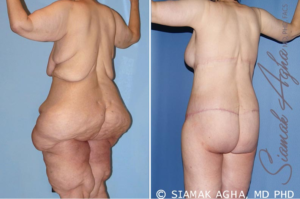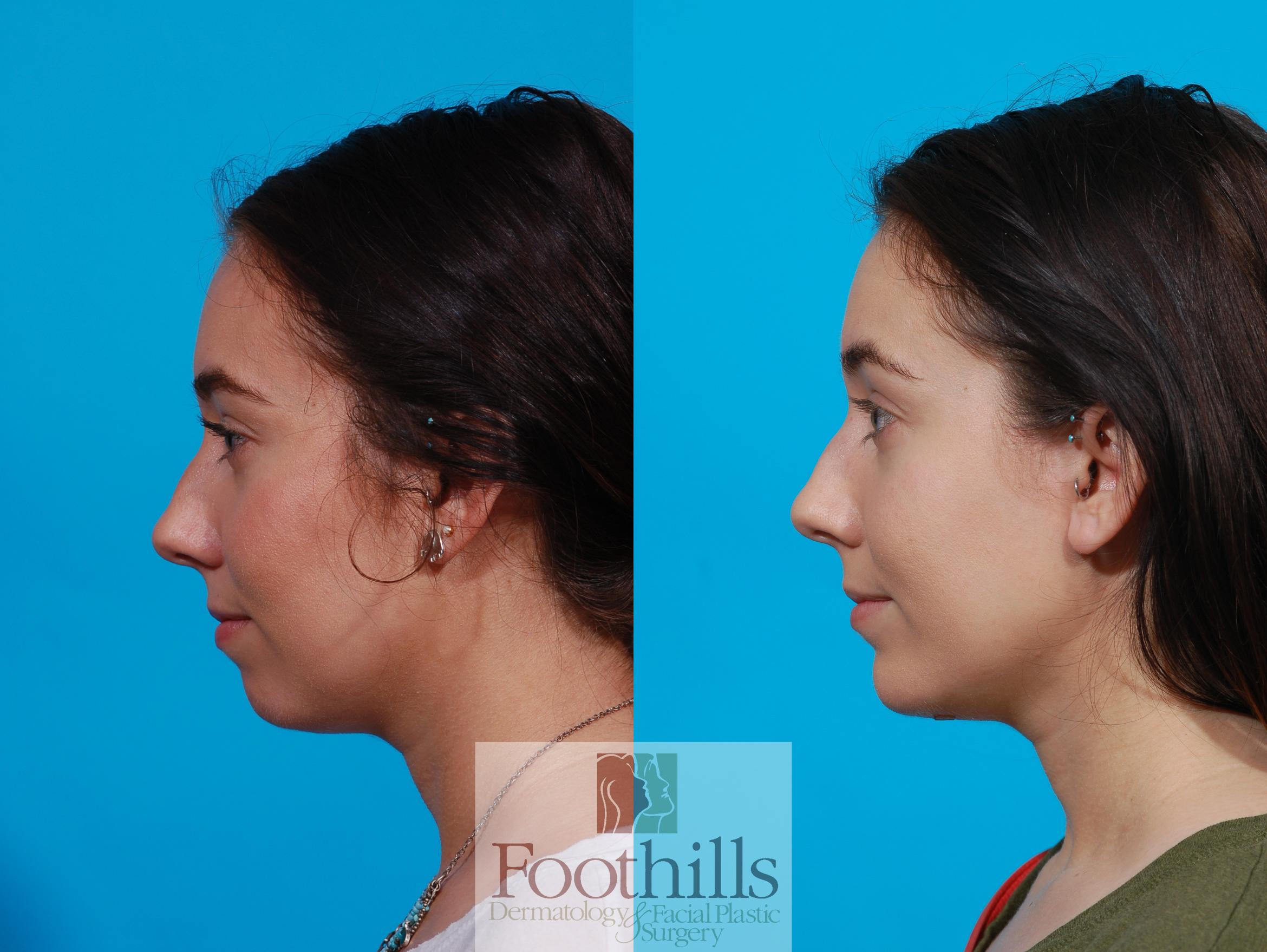
The type of spasticity you have will determine if the toxin is needed to relieve your symptoms. The toxin's effects on muscles can last from three to five years. The duration of the toxin's effect is dependent on several factors, including the size of the muscle, the degree of spasticity in that muscle, and the type of treatment you have had.
Spasticity treatment
Numerous studies have demonstrated positive outcomes with botulinum toxins in spasticity treatment for patients with cerebral palsy. The effectiveness of the treatment depends on several variables, including muscle selection, aging, and therapy. In a phase 3 clinical trial, letibotulinumtoxin A was found to be more effective that placebo. Secondary analyses focused on the number injections. The measure of effectiveness was defined by a change in spasticity ratings.
Botulinum toxins are usually injected within two weeks. Although the effects of one injection can last for up to six months however, they wear off after a few months. It is possible to prolong the effects with multiple injections. In order to maximize the effect of botulinum, some patients will need to have occupational therapy as well as physical therapy.

Hyperhidrosis is treated
Botulinumtoxin type A injections local to the area have been shown to be effective for treating primary hypohidrosis. The desired effects can be seen up to six times per month. The cost of this treatment is relatively low and is a viable option for treating axillary hyperhidrosis. This treatment is more effective than other options due to its safety and shorter recovery times.
Primary focal hyperhidrosis sufferers often find it difficult to get relief from their symptoms. Botulinum Toxin A is injected below the skin to stop the release of Acetyl-choline. This neurotransmitter mediates sympathetic neurotransmission within the sweat glands. The treatment with botulinum toxins A has proven successful in treating excessive sweating. This has resulted in a dramatic improvement of the patient's quality-of-life.
Treatment for movement disorder
Botulinumtoxin for movement disorders has seen positive results in patients with focal dystonia, spinal myoclonus, and other types of movement disorders. The treatment's effectiveness is dependent on the location and size of the affected muscles as well as the mode of administration. This article will address the utility of the medication, its indications, as well the research necessary to support them.
Botulinum Toxin can treat many movement disorders. This includes cervical dystonia which is caused by overactive muscles in your neck and generalized Dystonia which affects multiple muscle groups throughout the body. The treatment can also be used for symptoms associated with young-onset Parkinson’s disease like motor fluctuations and dyskinesias. The toxin can also be used for tremor, drooling, and constipation.

Botulinum toxin safety
Botulinumtoxin type A (Botox), also known as Botox, is a neurotoxin. It inhibits the production of acetylcholine by inhibiting the binding of acetylcholine. This prevents acetylcholine preventing it from reaching neuromuscular junctions where it triggers the contraction of muscle fibers. This toxicity causes muscle tone loss in the treated area.
The Vancouver scar-scaling scale (VMS), as well the visual analogue scaling (VAS), had similar results. The MD of a scar measured -1.06 (99.5%CI; -1.10–-0.02). The scarring was 0-mm in the other study. There were no significant differences between treatments. Although the new study's design is promising, future research must consider different doses and differences between pre and post-surgical injection periods.